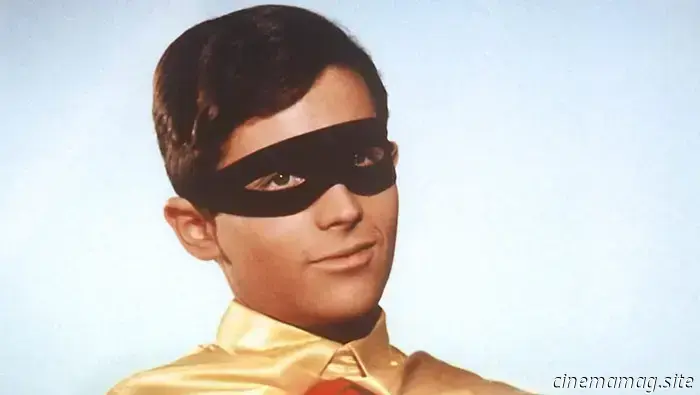
7 Strange Aspects of the Batman and Robin Dynamic That Often Go Unmentioned
“Why does Robin stay with Batman?” a five-year-old recently asked us, prompting a reflection on the odd and possibly unlawful dynamics of their relationship.
To start, there’s a long-standing joke suggesting that Batman and Robin are same-sex partners, but this article isn’t focused on that. Instead, we aim to highlight aspects of their relationship that people often overlook, which are quite bizarre when given some thought.
We’re not here to criticize these fictional characters. In fact, the complexity of Batman and Robin's relationship adds depth to the narrative, challenging the stereotypical image of Batman as flawless.
Indeed, as we'll demonstrate, the man who dons a bat costume every night is quite eccentric. Here are some points to consider:
1 — Robin’s Outfit
In Detective Comics #38, Batman is known for his dark attire that helps him blend into the night, making it difficult for criminals to spot him. This stealth is essential for dodging gunfire.
In stark contrast, Robin wears a vividly colored costume. While Batman lurks in the shadows, Robin dons a flashy red, yellow, and green outfit that draws attention and, presumably, gunfire.
We once saw a parody where Robin was humorously dubbed “Target,” which aptly captures the essence of his costume. Unfortunately, our search for the original satire led to pages of Robin costumes from Target instead.
2 — Robin Is Underage
In the years since, multiple characters have taken on the Robin mantle, but they are all portrayed as minors when they first meet Batman. Remember, he is referred to as “The Boy Wonder.”
Dick Grayson, the inaugural Robin, made his debut in Detective Comics #38 (eleven issues after Batman first appeared in Detective Comics #27) and was a minor in an acrobatic troupe called The Flying Graysons, led by his parents, John and Mary. Following the tragic murder of his parents by criminals, Batman adopts Dick, training him to combat crime.
Although Dick was an acrobat—a risky profession—taking a minor out at night to battle armed criminals in an eye-catching costume clearly raises child endangerment concerns.
While we can't pinpoint Gotham's legal framework, it bears resemblance to New York City. Under New York Penal Law 260.10(1), “a person is guilty of endangering the welfare of a child when... he or she knowingly acts in a way likely to be harmful to a child under seventeen or allows such a child to engage in a dangerous occupation.”
This is classified as a Class A misdemeanor, potentially resulting in up to a year in jail.
3 — Batman Refers to Robin as ‘Chum’
To emphasize the endangerment issue… Batman frequently calls Robin “chum.”
The term “chum” carries two meanings. It can mean “friend” or refer to bait thrown to sharks.
We’re curious about Batman's intent behind the term.
4 — The Mask
In Batman and Robin, we see more inequality. Batman wears a mask covering his entire face except for his mouth, whereas Robin sports a masquerade-style mask that conceals only his eyes.
If the purpose of a mask is to protect one's identity from enemies, Robin’s mask is inadequate. Batman is putting both Robin and himself—and their allies—at risk.
Even the modern Robin from the ’90s, portrayed by Chris O’Donnell, wore a mask with minimal coverage, as did Batgirl (Alicia Silverstone).
5 — The Robin Hood Connection
Robin is inspired by Robin Hood. When he was introduced in 1940, Robin Hood was a cultural sensation thanks to the 1938 film The Adventures of Robin Hood.
Robin Hood is renowned for two main things: stealing from the rich to give to the poor and archery.
Conversely, Robin aids a billionaire in attacking street criminals and lacks arrows that could be handy against armed foes, especially given his conspicuous, attention-grabbing outfit.
6 — Batman, Robin, and Death
As previously mentioned, numerous characters have taken on the Robin role. When Dick Grayson transitioned to Nightwing (finally adopting a dark costume—smart move!), he was succeeded by another Boy Wonder, Jason Todd, in 1983.
However, five years later, largely due to an unfavorable fan response to Jason Todd, DC Comics launched the groundbreaking Death in the Family storyline, where The Joker trapped Jason in a bombed building. Fans were allowed to call a 900 number to decide whether he should live or die, and, surprisingly, they voted for his demise. (I was just a 13-year-old, and I voted for him to survive!)
What’s even stranger than fans voting to eliminate a teenager is that no one from the authorities investigated what had happened after Jason’s death. No inquiries were made about Bruce Wayne possibly putting the boy in jeopardy. It was merely observed that “that kid who looks just like Robin never shows up anymore.”
7 — Ward
In the








Other articles
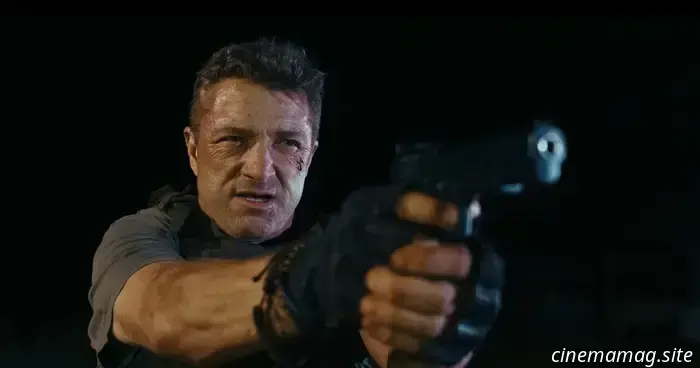 Epic Pictures has announced the North American release date for the action thriller Lost Horizon.
Epic Pictures has announced the North American release date for the action thriller Lost Horizon.
Epic Pictures has announced the North American release date for the action thriller Lost Horizon.
Epic Pictures has announced the North American release date for the action thriller Lost Horizon.
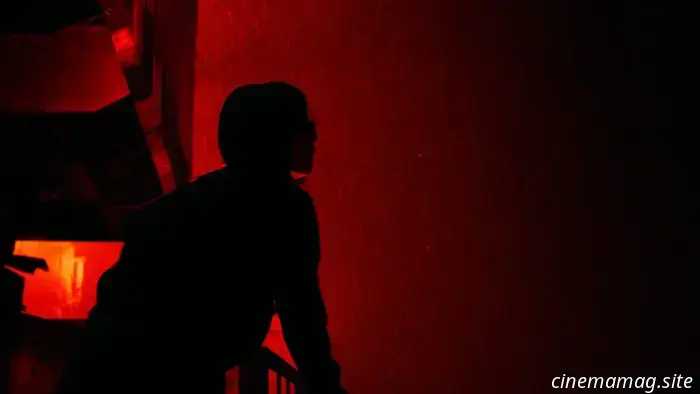 U.S. Trailer for Bi Gan's Resurrection Showcases a Remarkably Ambitious Cinematic Achievement
You won't encounter a film this year, or even in the past decade, similar to Bi Gan's Resurrection. The director, known for Kaili Blues and Long Day's Journey Into Night, presents a remarkably ambitious anthology featuring the talented Shu Qi. With a release date set for December 12 from Janus Films, the new full trailer has now been unveiled. As Zhuo-Ning
U.S. Trailer for Bi Gan's Resurrection Showcases a Remarkably Ambitious Cinematic Achievement
You won't encounter a film this year, or even in the past decade, similar to Bi Gan's Resurrection. The director, known for Kaili Blues and Long Day's Journey Into Night, presents a remarkably ambitious anthology featuring the talented Shu Qi. With a release date set for December 12 from Janus Films, the new full trailer has now been unveiled. As Zhuo-Ning
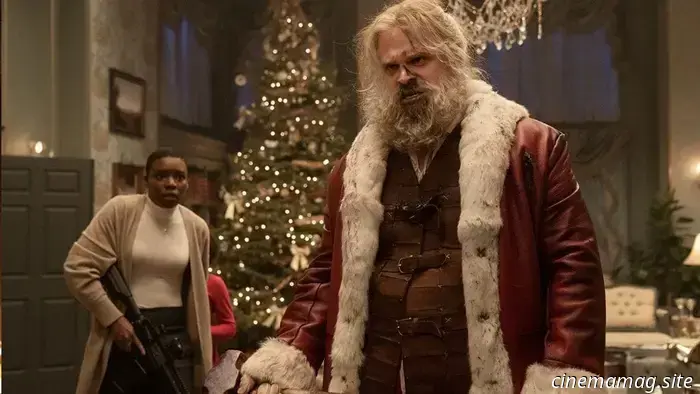 Violent Night 2 Set to Release in Theaters in December 2026 - MovieMaker Magazine
Fans of gory, over-the-top action films are likely aware of the success of Violent Night. The film performed so well that a sequel to the 2022 release is already in the works.
Violent Night 2 Set to Release in Theaters in December 2026 - MovieMaker Magazine
Fans of gory, over-the-top action films are likely aware of the success of Violent Night. The film performed so well that a sequel to the 2022 release is already in the works.
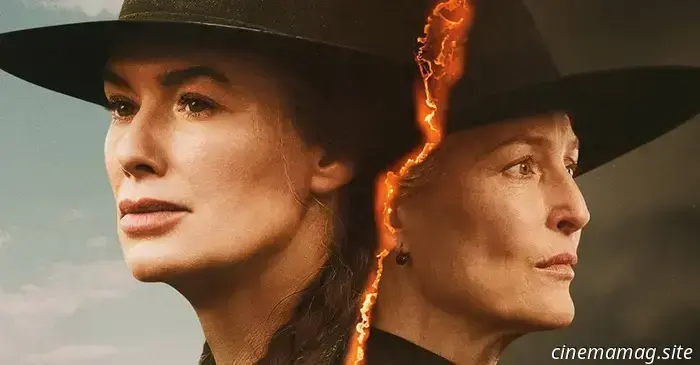 Trailer for the western drama The Abandons on Netflix, featuring Lena Headey and Gillian Anderson.
Netflix has released a trailer, poster, and images for the forthcoming western drama The Abandons. Taking place in 1854, the series focuses on the matriarchs of two families – one affluent and the other impoverished, as they navigate…
Trailer for the western drama The Abandons on Netflix, featuring Lena Headey and Gillian Anderson.
Netflix has released a trailer, poster, and images for the forthcoming western drama The Abandons. Taking place in 1854, the series focuses on the matriarchs of two families – one affluent and the other impoverished, as they navigate…
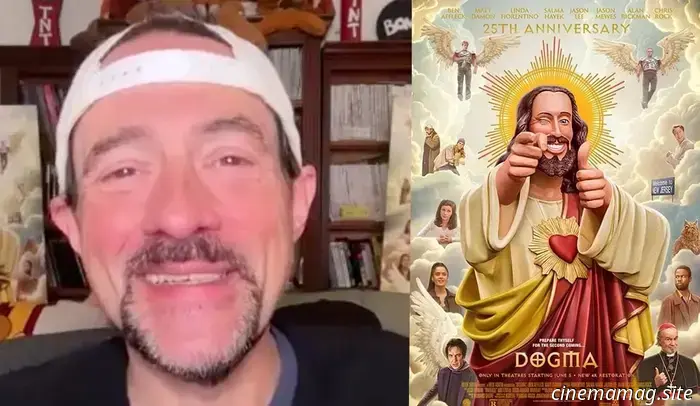 Exclusive Interview – Kevin Smith discusses the 25th anniversary of Dogma and hints at an upcoming Jay & Silent Bob film.
Kevin Smith engages in an exclusive conversation with EJ Moreno from Flickering Myth... How can it be that Dogma was released 25 years ago? Kevin Smith expresses his delight at the flow of time...
Exclusive Interview – Kevin Smith discusses the 25th anniversary of Dogma and hints at an upcoming Jay & Silent Bob film.
Kevin Smith engages in an exclusive conversation with EJ Moreno from Flickering Myth... How can it be that Dogma was released 25 years ago? Kevin Smith expresses his delight at the flow of time...
 $200 No Deposit Bonus and 200 Free Spins for Real Money - Top No Deposit Casino Bonus for Real Cash - MovieMaker
Are you keen on enjoying your favorite online casino games at no cost? In that case, the $200 no deposit bonus along with 200 free spins for real money is an ideal opportunity.
$200 No Deposit Bonus and 200 Free Spins for Real Money - Top No Deposit Casino Bonus for Real Cash - MovieMaker
Are you keen on enjoying your favorite online casino games at no cost? In that case, the $200 no deposit bonus along with 200 free spins for real money is an ideal opportunity.
7 Strange Aspects of the Batman and Robin Dynamic That Often Go Unmentioned
Batman and Robin share a peculiar and potentially unlawful relationship. Let's examine it in depth.
